The cryptocurrency market is unpredictable, but the person is long-term! Those born in the '80s have turned 100,000 into millions: don't be greedy for small profits, and don't take catastrophic risks; follow these four steps to walk steadily for ten years.
As someone born in the '80s, I have long passed the age of 'charging into the world with momentum.' After nearly ten years of crawling in the cryptocurrency circle, calling myself an 'old hand' is half due to the experience I've gained and half due to my actual age. Nowadays, there are many young people in the cryptocurrency circle, born in the '95s and '00s, who are daring and bold, but when it comes to the storms they've seen, those born in the '80s have a bit of 'seniority'—after all, we experienced the ICO frenzy in 2017, endured the crash and suspension in March 2020, and witnessed Bitcoin rise from a few thousand to sixty thousand dollars.
People in the circle often say, 'Any born in the '80s can casually hold assets worth millions'; this is not an exaggeration. Take Liang Xi, for example; no one in the circle is unfamiliar with him: during the violent crash in March 2012, the entire market was bloodied, Bitcoin dropped 40% in a single day, countless people liquidated and cut losses, but he dared to hold on with 2,000 yuan, relying on extreme gambling spirit and luck, he rolled up to over ten million. At that time, everyone in the circle said he was the 'chosen one.' But what happened later? He made money and then got carried away, heavily investing in high-leverage contracts, and when the market reversed, he couldn't hold on; in the end, not only did he lose his profits, but he also lost a significant amount of his principal. Every time I think of him, I feel that in the cryptocurrency circle, 'being bold' can make you shine for a moment, but 'being steady' is what allows you to go far.
My approach is completely opposite to Liang Xi. Back in 2015, I had just transitioned from a traditional industry, entering the market with 100,000 I had saved for five years—at that time, Bitcoin was only a few thousand, and Ethereum had just launched not long ago. The circle wasn't filled with flashy concepts; people traded coins based on project viability and team strength. At first, I fell into traps, buying several altcoins blindly, resulting in a loss of more than twenty thousand, causing me sleepless nights for several days. From then on, I established rules: avoid projects I don't understand and don't engage in operations I'm not confident about.
Now my account's assets are stable at the million level, not relying on some 'all-in' to get rich but on gradually rolling over with a stable return of 10%-20% each year. The essence of the cryptocurrency market is an amusement park of emotions, where most people are just blind tourists following the crowd: they chase when the market rises, fearing they will miss opportunities; they panic and rush to cut losses when the market falls, and as a result, they either get thrown off the bus or get slapped back and forth. But if you can hold your composure and not let market emotions drive you, this is clearly a treasure trove—after all, the trend of blockchain is evident, and the value of quality assets will only continue to rise.
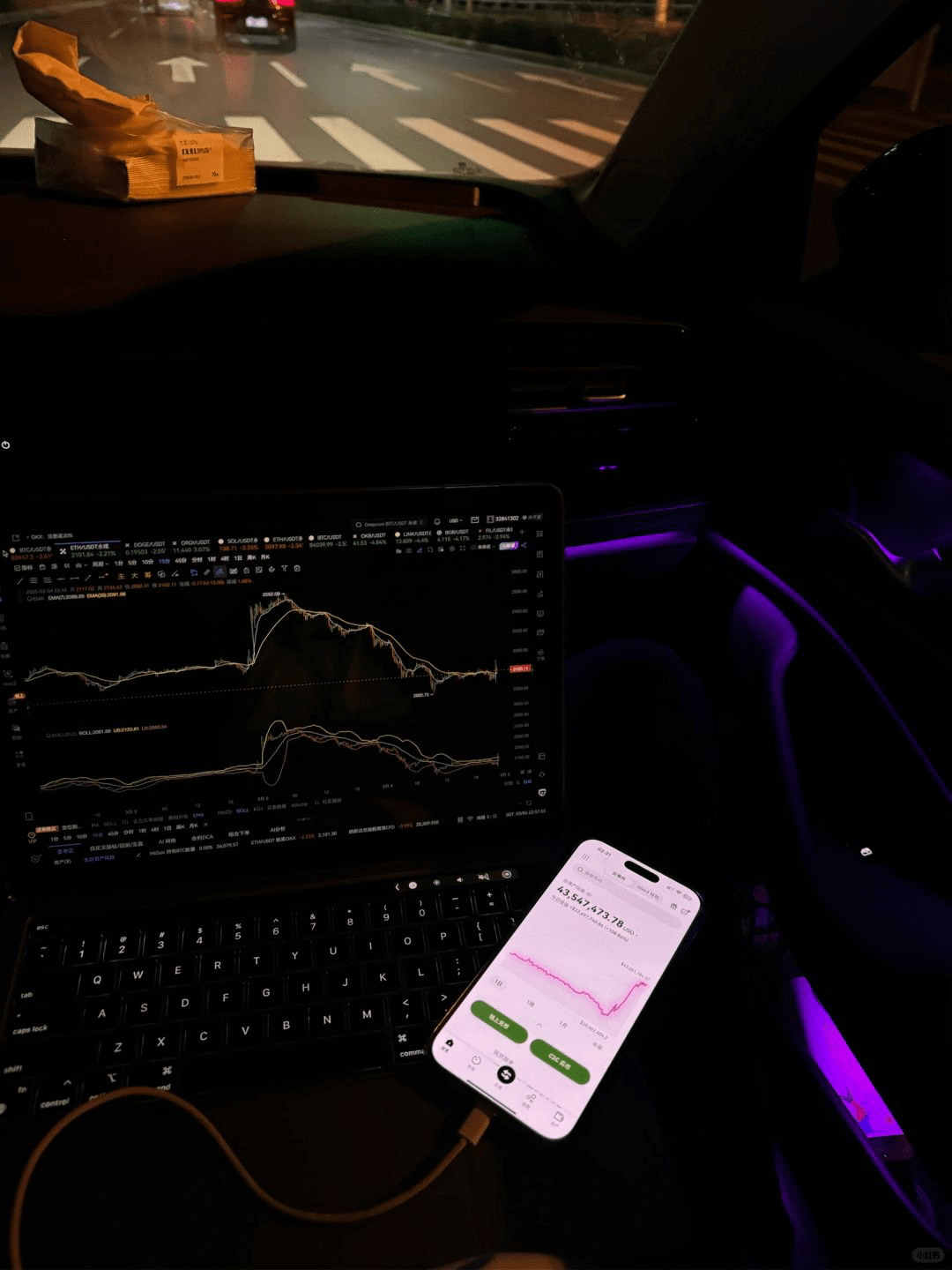
Over the years, I've summarized a few 'iron laws for guaranteed profits' that I always refer to before every operation; I've never dared to act recklessly:
In the cryptocurrency circle, the four-step method ensures profit over ten years, saving you three years of detours!
Most people lose money trading coins, not because they can't read the charts but because they blindly learn 'trading methods' and get taught lessons by the market.
I have stumbled and faced liquidations, which led me to understand: the simpler the method, the more ruthless the execution, the steadier the profits. Last year, I relied on these four steps to achieve stable profits, even increasing my capital by five digits, and I'll teach you directly:
1. Select coins: focus on the 'regulars' on the gainers list and blacklist those that have dropped for three consecutive days.
• Check the seven-day gainers list daily and add those coins that appear repeatedly to your watchlist (indicating main force interest);
• Directly blacklist continuous drops for 3 days; this indicates that the main force is offloading, so don't fall into a pit.
2. Set direction: only look at monthly golden crosses, don't focus on short-term movements.
• Switch to monthly charts and only buy coins with MACD golden crosses;
• The hourly and 4-hour charts are all noise; only the larger trends are reliable.
3. Find buying points: Pull back to the 60-day moving average + increase in volume before taking action.
• Wait for the price to pull back to the 60-day moving average (strong support);
• Open positions on substantial volume candlesticks; if you don't understand, feel free to message me for guidance.
4. Sell: execute the iron law without being soft-hearted.
• Sell 1/3 after a 30% increase, and another 1/3 after a 50% increase;
• If it drops below the 60-day moving average, liquidate completely! Missing out can wait; holding on stubbornly will lead to losses.
Those who survive in the cryptocurrency circle are not the smartest but the most stable and capable of execution. As long as the capital is there, opportunities exist; simplicity is the true path.
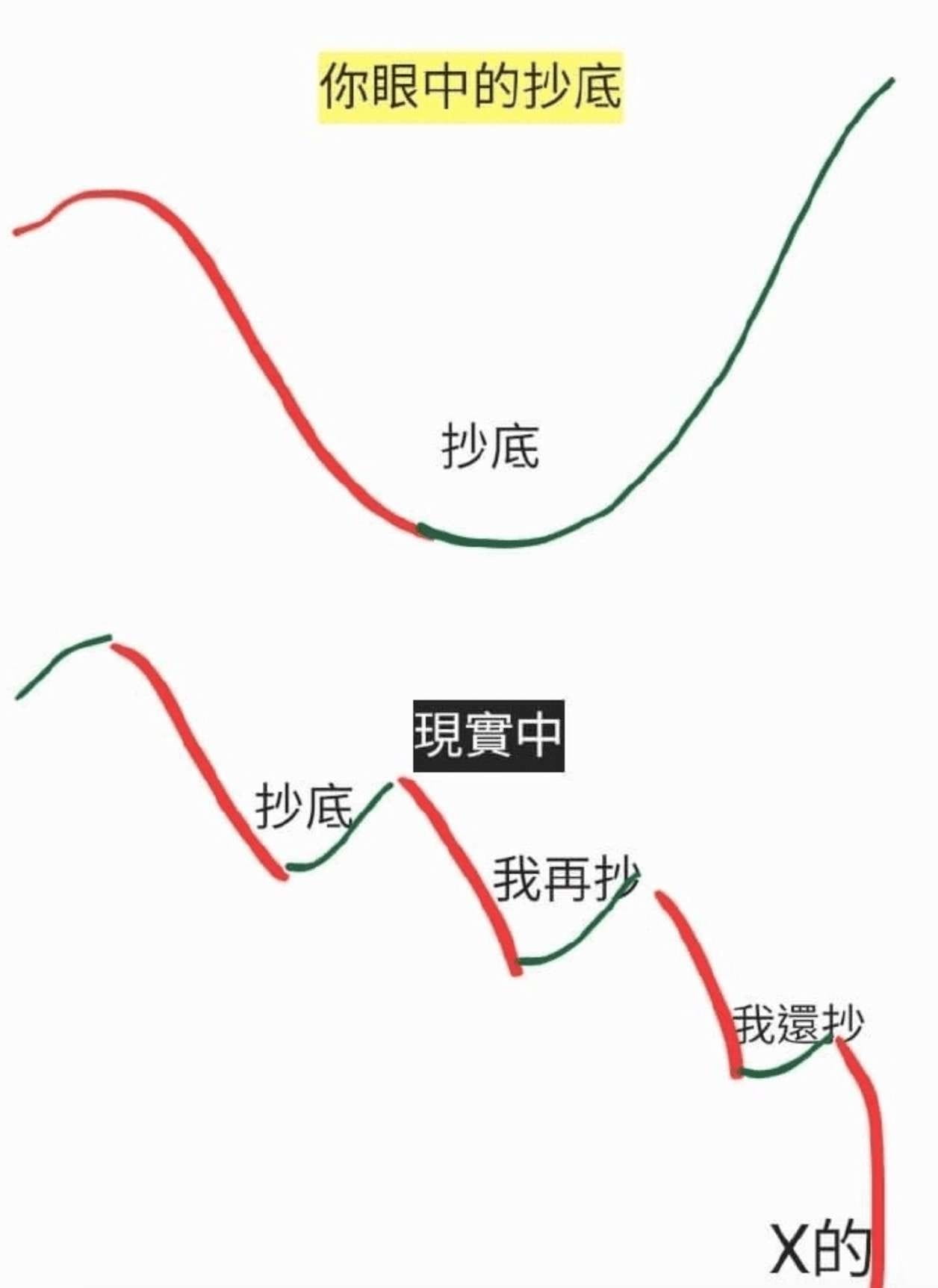
A must-see for beginners! Relying on 'light positions + trend following' contract strategies.
I will only say this contract trading method once:
I call it—
Six-word mantra: light positions, control losses, follow the trend, add positions, exit, and compound.

1. Start with a light position:

The biggest problem for beginners is that they bet heavily on being right from the start.
My approach is: start with no more than 1/10 of the total capital; even if I am very confident, I only build positions tentatively.
Contracts are not about gambling with life; they are about extending the time frame to control risks.
2. Loss control mechanism:

For every trade, I set a stop-loss point before opening the position, with the maximum loss per trade not exceeding 5% of the total account value.
If you need to stop loss, then stop loss; never add positions to hold.
Only those who dare to stop losses can survive in the long run.
3⃣ Add positions in the direction of the trend:

My position strategy is 'discounted additions'; I don't buy more when prices drop; instead, I buy more after prices rise!
Once the market verifies that the direction is correct, I will enter in batches, gradually increasing my positions to amplify profits.
4⃣ Do not add positions against the trend; only add positions in the trend.

Those who understand know that adding positions only serves the trend; adding against the trend will only lead to more losses.
I specifically studied the trajectory of large capital building positions; true experts only add to their positions during an uptrend and never attempt to catch the bottom.
5⃣ Plan to exit:

Profits that are not withdrawn = wasted effort.
I guide my followers to take 20%-30% profits weekly and walk away, locking in results, thus maintaining a stable mindset and better state.
6⃣ Compound and roll over positions:

Take half of the profit, and let the remaining half continue to roll.
After one round, profits pile upon profits, and the speed at which small accounts can multiply far exceeds your imagination.
It's not about shouting blindly; it's about strategy!
Contracts are not difficult; the difficulty lies in not accepting fate.
If you are constantly facing liquidation, you might as well change your mindset—
May your next withdrawal day no longer be a distant dream.
At first, I didn't believe in concepts like position discipline or trading rhythm; I always thought they were just excuses from those who lost money.
What was I thinking at that time? As long as the market is moving, I must enter; if others are making money, I cannot fall behind; if I miss a wave, it feels like I've lost money.
But only after truly experiencing pain can you understand—the most hurtful thing is not losing money, but the feeling of collapse when you know you are wrong yet can't stop.
I remember very clearly that one night at 2 AM, I had just suffered three consecutive losses, my account dropped 40% overnight, and I stared blankly at the last candlestick.
It's not that I can't read the market or that I don't have a stop-loss plan—it's that I simply didn't execute.
Every time I identified the right direction, I got washed out; every time I shouldn't enter, I couldn't help but click in; every time I wanted to close a position, I still held on to a glimmer of hope. It felt like being led by the market, and no matter how I moved, it was wrong.
It was only until that period when I completely stopped and did not trade; I only did one thing: reviewed my operations from the past six months. I realized that my losses were not due to market issues but because I had no process, and I was trading based on 'feelings.'
Later, I encountered a senior who said something that completely awakened me: true experts are not those who can see more accurately but those who make fewer wrong choices.

Since then, I started to simplify my approach:
Avoid markets I don't understand.
No more than two trades a day.
Keep the position fixed; never add positions on a whim.
Record profits and losses in a journal, and self-review.
Someone asked, will this cause missed opportunities?
I said: as long as you are still in this market, opportunities will always exist; in fact, every impulsive action is truly saying goodbye to opportunities.
Now I and a few brothers have formed a small circle; we do not teach, only observe and communicate. If someone makes an impulsive trade, we call them out; if someone doesn't stick to the discipline, we bring them back.
We do not chase dreams or gamble with our lives; we only do one thing: steadily complete every step we are supposed to take.
This circle is not short of those who get rich quickly, but those who truly survive do not rely on passion but on self-discipline and a sense of rhythm.

Ultimately, trading is a form of cultivation. Turning things around is never about how much you earn on one trade but about finally not using trading to 'save yourself.'
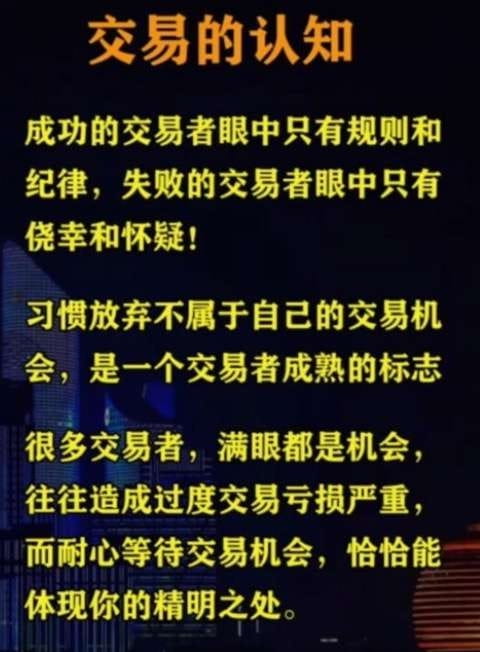
Why does trading require deliberate practice?
Trading is a complex skill that involves technical analysis, fundamental analysis, risk management, and several other areas. Deliberate practice, through repetitive training and targeted learning, helps traders master these skills. For example, by extensively reading charts and analyzing historical data, traders can become more proficient at identifying trends and patterns, thereby improving the accuracy of their decisions.
1. Optimize trading strategies.

Trading strategies need to be continuously adjusted and optimized. Deliberate practice helps traders discover shortcomings in their strategies and make improvements through repeated testing and review. For example, by simulating trades or backtesting, traders can verify how their strategies perform under different market conditions, finding the method that suits them best.
2. Cultivate discipline.

Discipline in trading is crucial. Deliberate practice helps traders develop habits of strictly following plans by setting clear goals and rules. For example, keeping a daily trading journal to analyze the gains and losses of each trade helps gradually cultivate the ability to adhere to rules and avoid emotional trading.
3. Overcome psychological weaknesses.
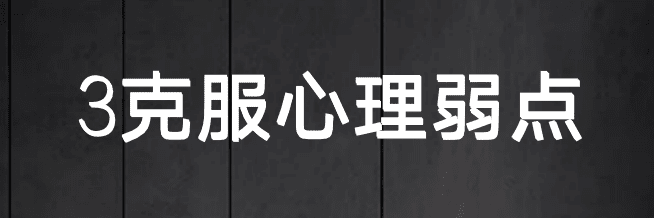
Common psychological weaknesses in trading include greed, fear, and overconfidence. Deliberate practice helps traders identify and overcome these weaknesses by simulating real trading environments. For example, by engaging in high-risk trading on a simulated account, traders can experience emotional fluctuations without financial loss, thus learning to control their emotions.
4. Accumulate experience.
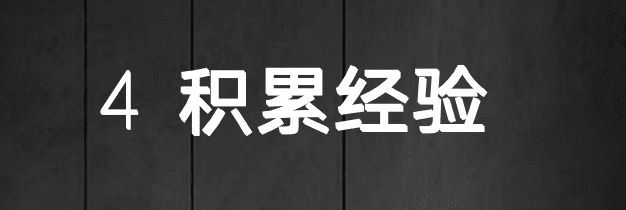
Trading experience is crucial for success. Deliberate practice helps traders accumulate valuable experience through repeated practice. For instance, through extensive trading practice, traders can better understand market behavior, identify opportunities and risks under different market conditions.
5. Improve reaction speed.

The market changes rapidly, and traders need to make quick decisions. Deliberate practice helps traders improve their reaction speed and decision-making ability by simulating fast-changing market environments. For example, through high-frequency trading simulations, traders can train themselves to make accurate judgments in a short amount of time.
6. Enhance self-confidence.
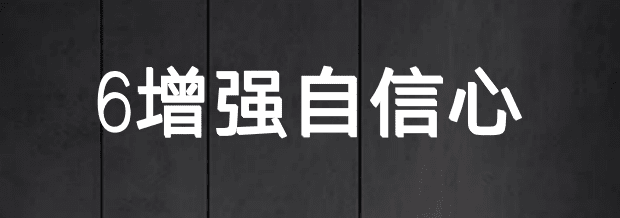
Self-confidence is an important trait for successful traders. Deliberate practice helps traders build confidence by continuously achieving small successes. For instance, by gradually achieving small goals, traders can enhance their belief in their abilities, thus being more decisive in real trading.
7. Continuous improvement.

The market is constantly changing, and traders need to continuously improve. Deliberate practice helps traders optimize strategies and methods through regular reviews and reflections. For example, by reviewing trading records weekly, traders can identify potential issues and make adjustments.
Summary
Deliberate practice is key for traders to enhance their skills, optimize strategies, overcome psychological weaknesses, and accumulate experience. Through systematic training and reflection, traders can gradually improve their trading levels and ultimately achieve success in the market.
Deliberate practice not only helps traders master techniques but also cultivates discipline and psychological quality, laying the foundation for long-term stable profits.
There are two simple paths to making money in the investment market—so simple that they can be explained in one sentence, yet they have become hurdles that most people cannot cross.
They do not rely on complex indicators and do not need to stare at the screen late into the night; the core lies in 'following the trend' and 'controlling the mind.' Yet, precisely this 'simplicity' becomes a counter-human nature test.
1. Earn money from industry cycles.

The core of the first path is to earn the cyclical dividends of 'certain tracks.' Identify fields with clear trends for the next 3 to 5 years, position yourself during industry downturns, and then patiently wait for the cycles to pay off—the end of 2022's Bitcoin is a typical example.
The key to these opportunities lies in 'two certainties':
Determine the track: avoid 'concept hype' pseudo-tracks and only select fields supported by genuine demand (like Bitcoin's 'digital gold' property and Ethereum's ecological necessities); determine the timing: a low point is not defined as 'having dropped a lot'; you need to look at 'valuation bottoms' + 'emotional bottoms'; only when both bottoms resonate is it an entry point.
2. Earn money from market emotions.

The second path is more direct: profit from the repair price difference of 'emotional fluctuations.' When the market falls into panic due to sudden bad news and funds irrationally sell off, having the courage to invest will naturally yield profits once emotions warm up—April this year saw Bitcoin's single-day drop of 18% as a typical example.
The core of this type of opportunity lies in 'counter-emotion operations':
Entering the market requires observing 'panic signals': it's not just about buying when prices drop; you need to watch for 'volume-price divergence' and 'indicators being oversold'; at this moment, the 'drop' is an emotional premium.
Exit and wait for 'emotional recovery': there's no need to wait for a 'new high'; waiting for emotions to return to the 'normal range' is sufficient—for example, when the volume of community calls decreases and trading volume returns to normal, cashing out is more reliable than chasing after 'tail-end market movements.'
Why do most people fail to make money? The 'counter-human nature' mindset is the key.

To earn money from cycles, one must 'endure loneliness,' but most people seek instant feedback, wanting 'to rise immediately after buying'; to earn money from emotions, one must 'dare to buy during panic,' but most people are swept away by 'group emotions.'
In fact, how can investing be so full of 'mysticism'? Cultivate patience to 'wait for cycles' and gather the courage for 'counter-emotion'—simple methods can still allow you to stand firm and earn steadily in the market.
